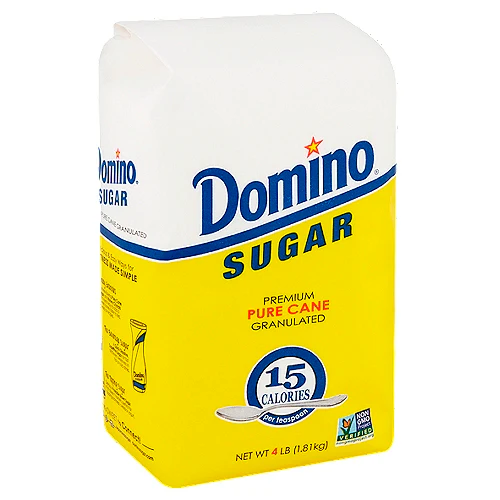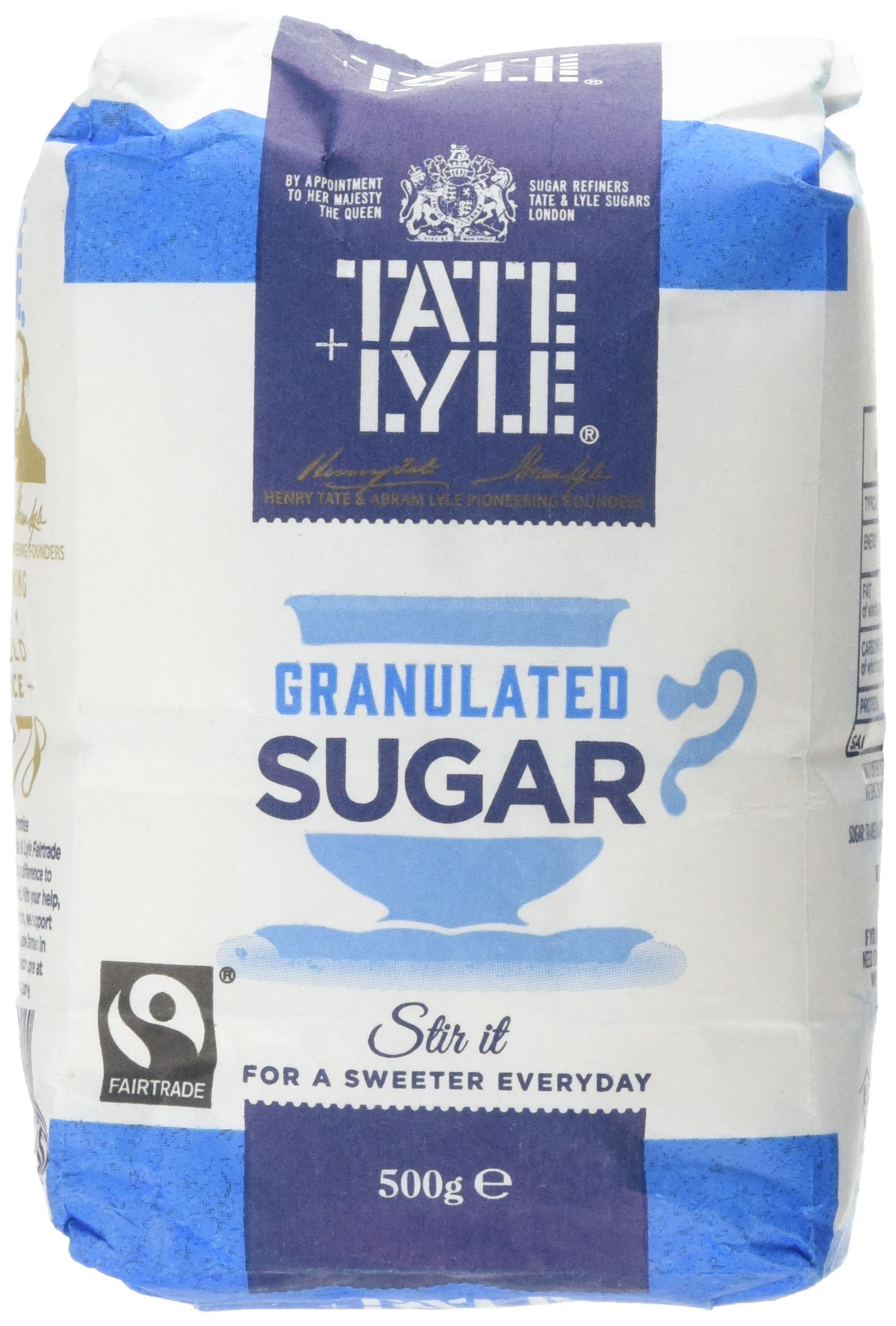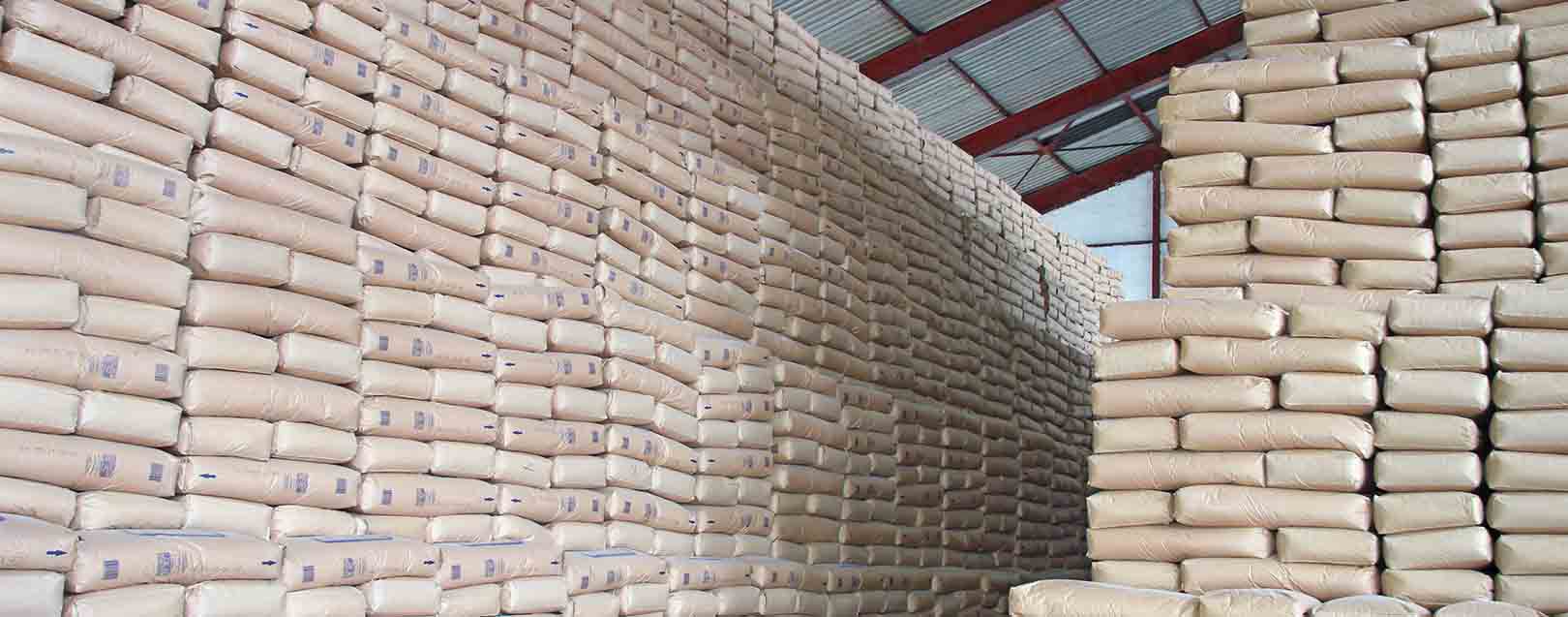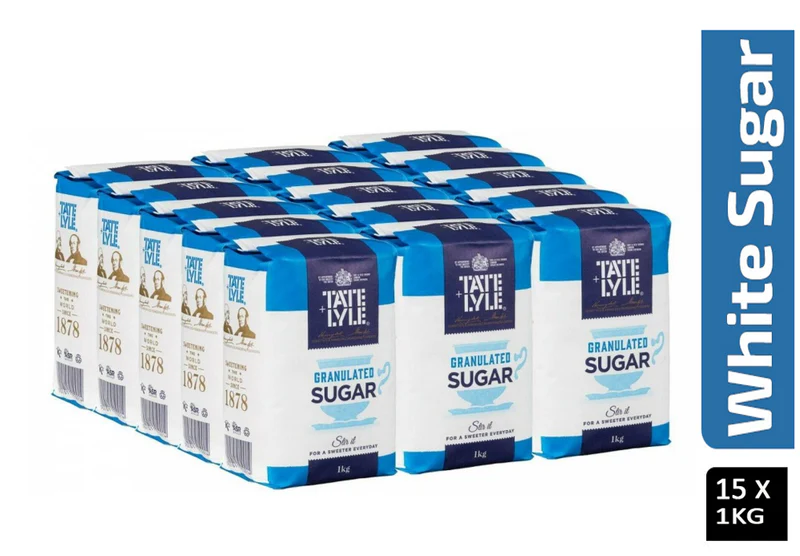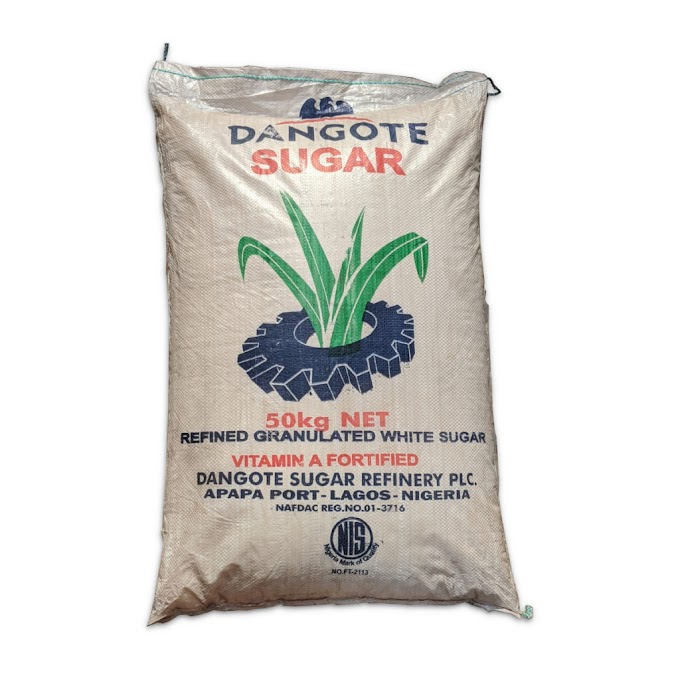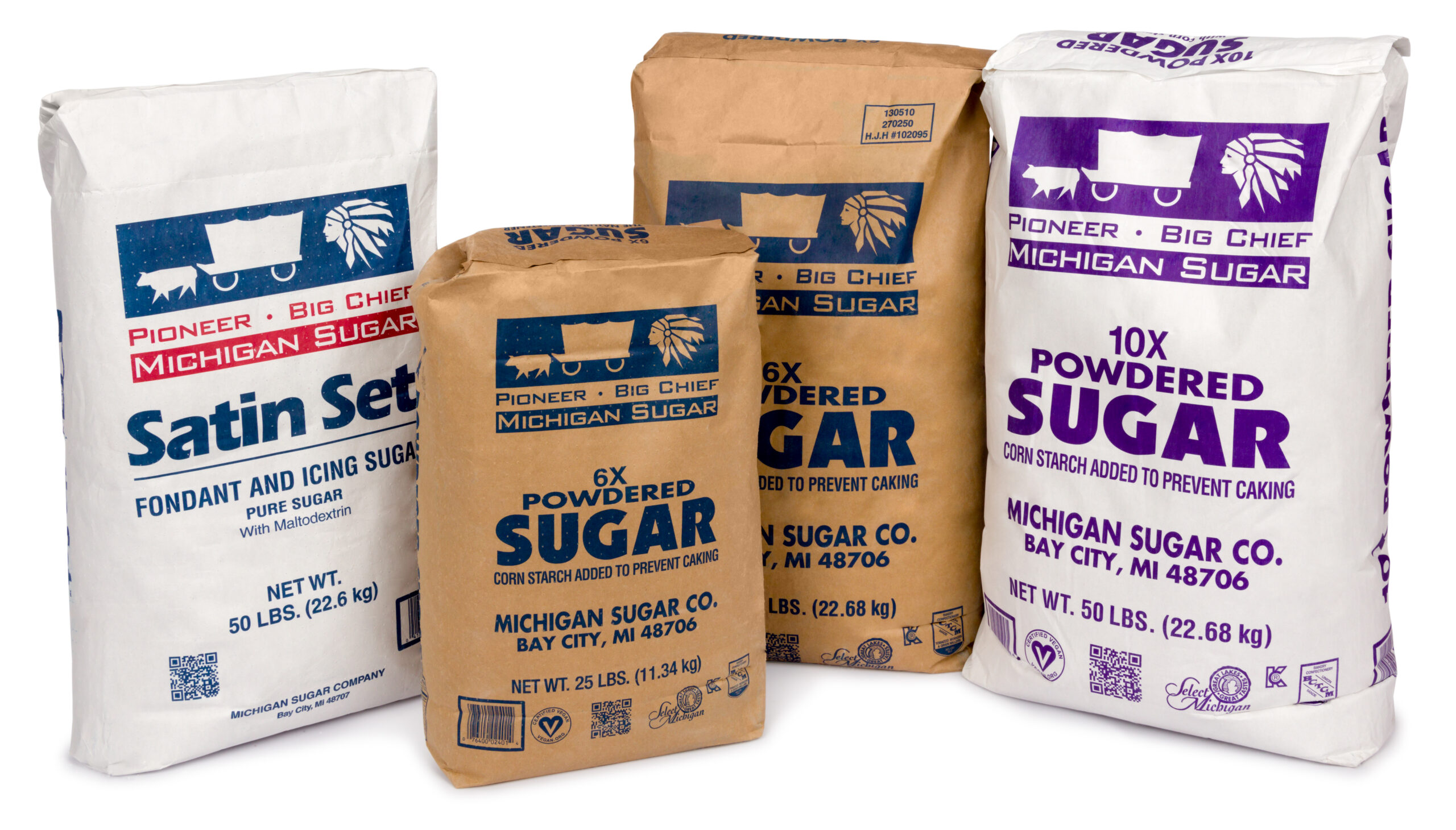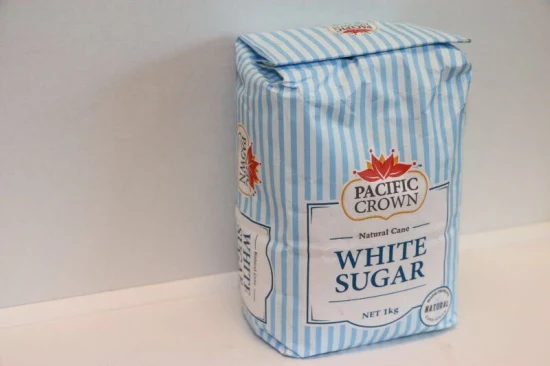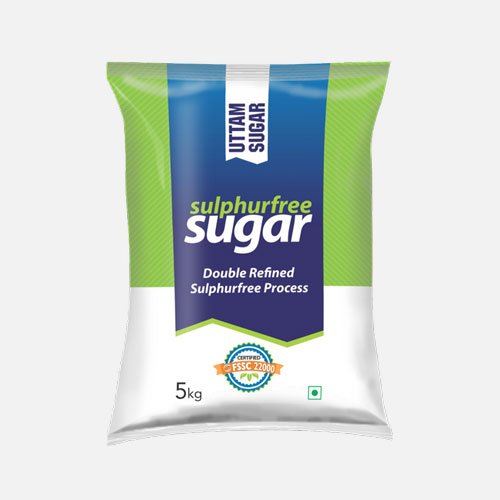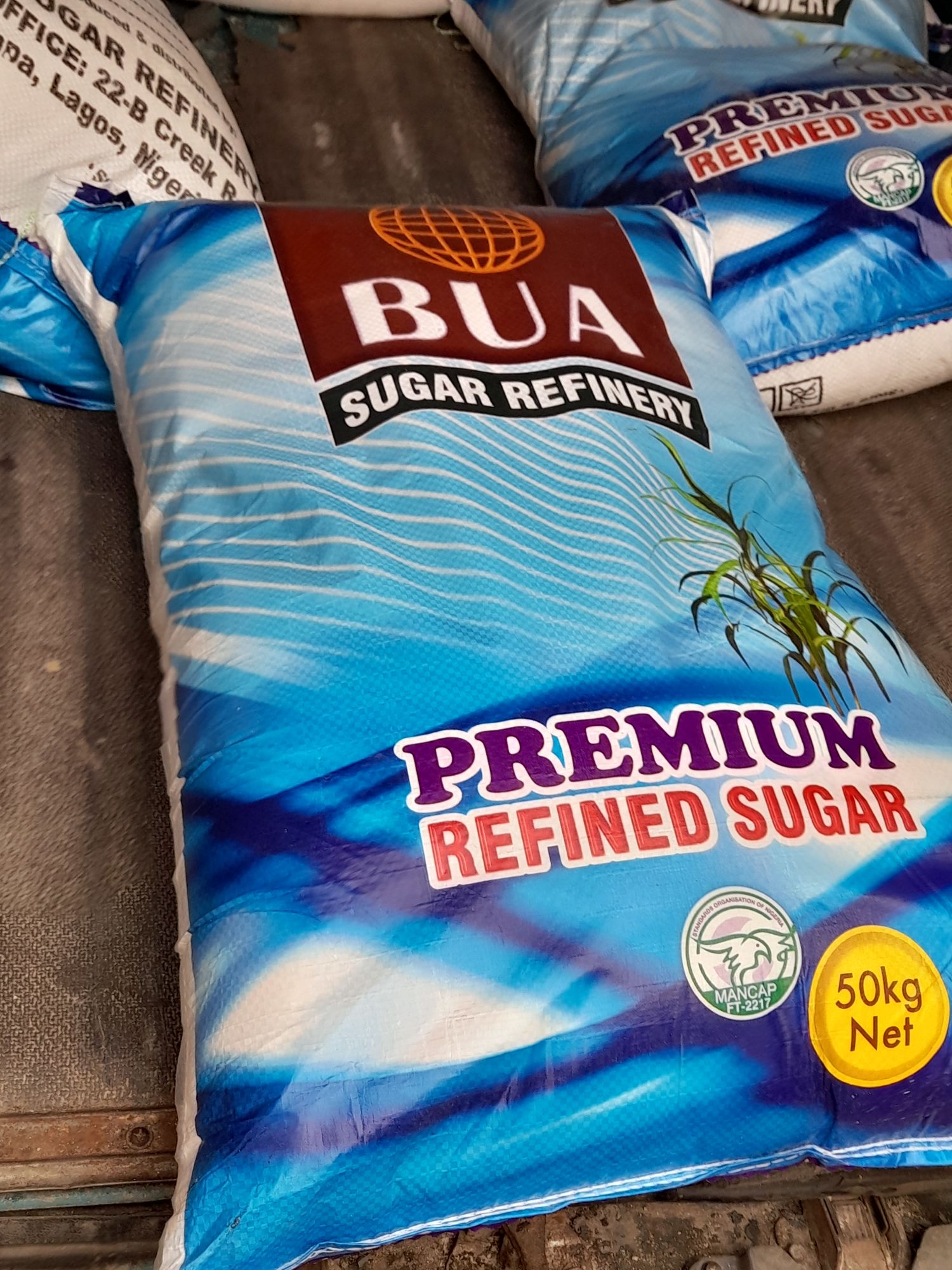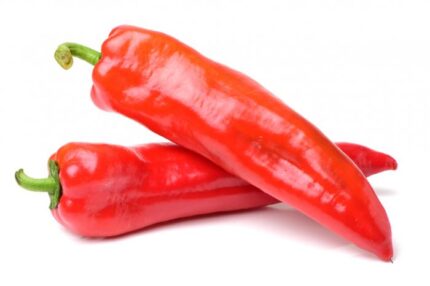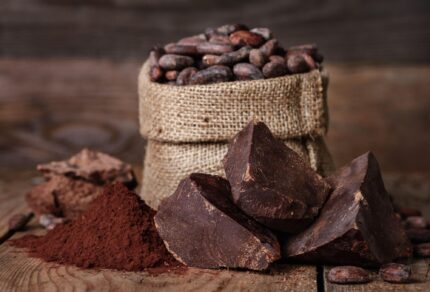Description
Introduction
Sugarcane or sugar cane refers to several species and hybrids of tall perennial grass in the genus Saccharum, tribe Andropogoneae, which are used for sugar production. Sugarcane is the world’s largest crop by production quantity and the majority of the world’s sugar is produced by the plant Saccharum officinarum and hybrids of this species.
History
Sugarcane is originated from the tropical areas of Asia and it is believed that it was first domesticated in 8000 BC in New Guinea. From New Guinea, sugarcane was gradually introduced in other Asian areas such as Southeast Asia and India. Over the centuries, sugarcane was spread and introduced in many parts of the world and was successfully introduced in Americas during the 16th and 17th century by Europeans.
Regions
Sugarcane is native in topical areas of Asia but nowadays is cultured in many regions such as Brazil, India, China, Thailand, Pakistan, Mexico, Colombia, Australia, Argentina, and Indonesia to name a few.
Flavors & Texture
There are at least 11 different kinds of sugars which vary in color, crystal size and texture. Most people are familiar with white sugar but there are brown sugar varieties such as demerara. Of those, all have a very sweet and pleasant taste. The difference in texture can be in terms of the crystals where some of them are large and sticky whereas others are smaller and less sticky.
Preparation
Sugarcane is processed in two stages. Mills extract raw sugar from sugarcane and then refineries are used in order to produce refined white sugar.
Nutritional Value
Sugar is basically a simple carbohydrate which means it contains only carbohydrates/sugars and no other nutrients, hence it is recommended to consume a maximum of 12.5 teaspoons per day.
| Calories per 1 teaspoon | 16 kcal |
| Fat | 0 g |
| Carbohydrate | 4 g |
| Sugar | 4 g |
| Protein | 0 g |

